Perennials are a great choice for any garden or landscape, especially here in the Northeast. As their name implies, they come back year after year, with little fuss required from you apart from the initial planting and occasional weeding and watering. Perennials are usually the first glimpse we see of spring, providing a hint of green in the snow, and they provide necessary nectar, seeds, and nesting materials for insects and birds, as well as pollen required for other plants to bloom. Perennials get the whole thing started!
By planning to include perennials in your garden and landscaping, you can create nice, changing color displays by planting a variety with staggered blooming times and durations. There are many varieties of perennials available so you can select plants best suited for your landscaping needs; there are types of perennials that are drought-resistant; some that repel deer, annoying insects, or other animals that would munch on your garden; and some that do better in shade vs. full sun, for example.
Our favorite choices for our northeastern climate are:
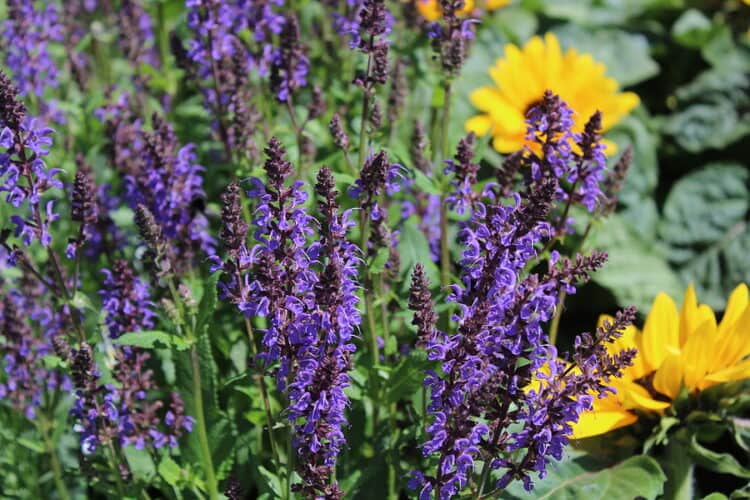 #1 Catmint—Walkers Low or Six Hills Giant
#1 Catmint—Walkers Low or Six Hills Giant
This easy to grow perennial is a favorite among many gardeners. It’s heat tolerant, pest and disease resistant. It features lovely, long blooming lavender-colored flowers, and is aromatic. Its gentle color blends nicely with bold colors and likes full sun. Popular varieties include:
- Walker’s Low: Usually grows about two-and-a-half feet tall to three feet wide.
- Six Hills Giant: This variety also grows about two-and-a-half feet tall to four feet wide, so this will take up a bit of room in your garden; careful planning is required.
 #2 Daylily
#2 Daylily
Daylilies like several hours of preferably morning sun, and seem to thrive on something close to neglect. However, it’s best to remove the seedpods once they start to bloom to help next year’s batch. While some blooms only last for a day or two, most lilies grow in large batches, so blooms may be staggered for a month or so. There are thousands of varieties of lilies available, such as:
- Stella d’oro: These beautiful, compact golden flowers are popular with gardeners across the United States. They only grow about a foot high, and are great for growing in a mass or along a border. They will bloom continuously throughout the summer.
- Happy Returns: This variety of lily is similar to Stella d’oro, except the color is a brighter yellow where Stella is more of a gold tone. This plant does well in poor soil, and is very hearty. This plant will spread, so it’s best used where it has room to grow.
- Big Time Happy: This plant boasts larger, four-inch ruffled blooms in a light canary yellow color. This variety does well in more urban areas, in poor soil, and near pavement that might have had salt runoff in the winter — perfect for New England!
 #3 Variegated Iris
#3 Variegated Iris
This classic bearded iris features fragrant blooms that are attractive to many pollinators. It comes in colors of purple, yellow, and white. The plant grows two to three-feet high, and blooms in late spring to early summer. Wildlife such as deer and rabbits don’t seem to eat this plant, and it’s also resistant to most diseases. It’s best grown in full sun to part shade, in well-draining soil. Because they grow so well, it’s best to divide them every two years or so to keep them healthy.
 #4 Blue False Indigo
#4 Blue False Indigo
Years ago, indigo was an expensive dye made from tropical plants. This plant, as its name implies, is a “false indigo”, and was used as a substitute to make the dye as this plant was commonly found in the Midwest of the United States. The bushy plant produces blue, pea-like flowers and grows best in full to partial sun. It tends to grow in big bushes about four feet wide, so it would be best in a space where it has room to grow.
 #5 Tickseed—Moonbeam
#5 Tickseed—Moonbeam
These lovely bright yellow flowers are easy to grow, even in poor soil, and resemble daisies. They grow compact plants, and bloom all summer long. They attract birds and pollinators, and are deer resistant. They can get about a foot- to a foot-and-a-half tall and wide, so they won’t take up much room in your garden or border, and they make a nice cut flower.
 #6 Stonecrop—’Autumn Joy’
#6 Stonecrop—’Autumn Joy’
This late blooming plant has bright pink flowers which appear in August and turn goldish copper by November. They grow to two-feet wide and tall, and are best planted in the spring, after the threat of a frost has passed and before the full heat of summer has begun. It likes full sun and sandy, well-drained soil. The flower heads can be left for the winter interest, and serve as food for the birds, to be cut back in the spring.
 #7 Dwarf Black Eyed Susan
#7 Dwarf Black Eyed Susan
These bright yellow flowers with brown centers are popular with gardeners. They are a prolific grower, and extremely easy to grow. They prefer full sun/partial shade, and well-drained soil. They are drought-, disease, deer-, and rabbit-resistant, and are a great, low maintenance plant. They are wonderful in cut flower arrangements. To keep the plants healthy and promote further blooms, its best to deadhead the flower once the bloom has passed.
 #8 Shasta Daisy—Becky or Snowcap
#8 Shasta Daisy—Becky or Snowcap
A classic! Pure white flower petals surround a yellow center. These begin to flower in early summer and will continue to bloom all summer long if you keep up with deadheading them, and they attract bees and butterflies. They mix well with all other plants to add a nice pop of white to any garden or landscape. They will need to be divided every two years or so to keep the plants healthy.
- The Snowcap daisy is a dwarf plant, growing about a foot to 15 inches high, and spreading about a foot wide. It loves full sun and dry, well-drained soil.
- The Becky daisy is similar in appearance to the Snowcap daisy, but is not a dwarf plant and grows to three- to four-feet height and three-feet wide.
 #9 Hay-Scented Fern
#9 Hay-Scented Fern
This perennial grows quickly and provides great ground cover. They grow in shade to part shade, and get about two-feet tall and three-feet wide. They are deer- and rabbit-resistant, and are easy to grow. These attractive ferns have bright green leaves in the summer that turn yellowish in the fall, and give off a scent that will remind you of fresh-cut hay.
 #10 Gayfeather—Kobold
#10 Gayfeather—Kobold
This is a tall, showy, wand-like pink/purple flower. This compact flower grows tall out of grassy clumps that get to about two-feet high, and one-foot wide. It prefers full sun and moderate watering. The blooms attract hummingbirds, bees, and butterflies, and will provide bird food once the blooms die off in the cold weather. This plant will add a nice vertical interest to your garden.
These are just a small sampling of plants that are available to add to your garden. We’d love to help you come up with a plan to meet all of your gardening goals. Contact us to discuss your ideas or give us a call at 603.707.0630 to discuss your next project, and be sure to visit our Garden Center. We’ve got new plants coming in weekly, a wide selection of pottery, landscape aggregates, and annuals—all available for delivery! Come visit us Monday – Saturday: 8:00 A.M. – 5:00 P.M. Closed Sunday. Or give us a call at 603.677.9100 if you have any questions or are looking for something special.


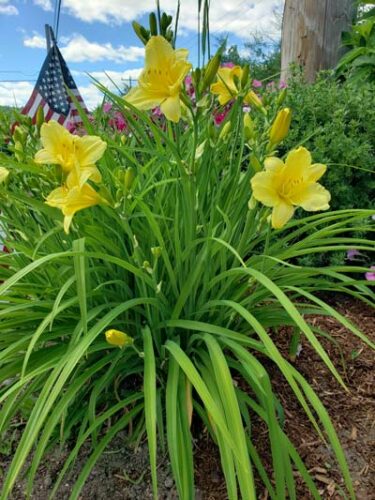 #2 Daylily
#2 Daylily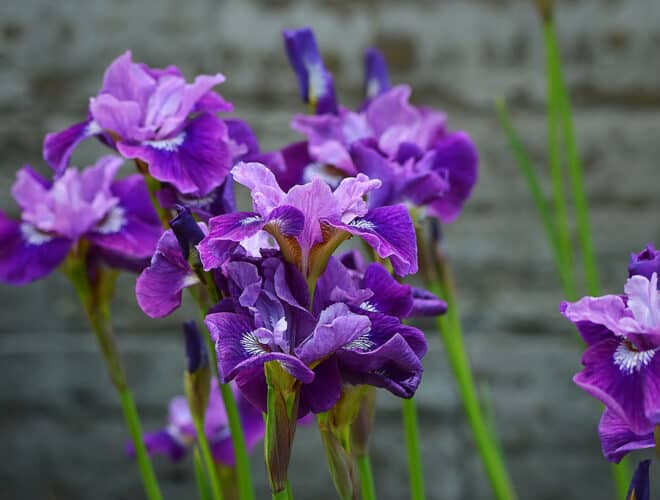 #3 Variegated Iris
#3 Variegated Iris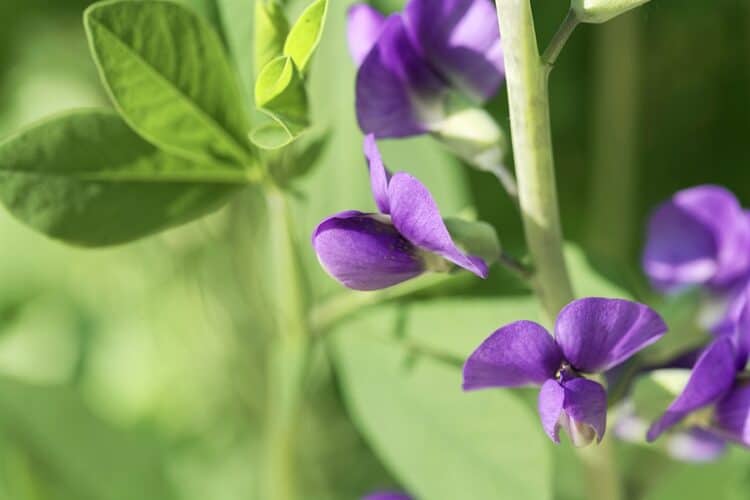 #4 Blue False Indigo
#4 Blue False Indigo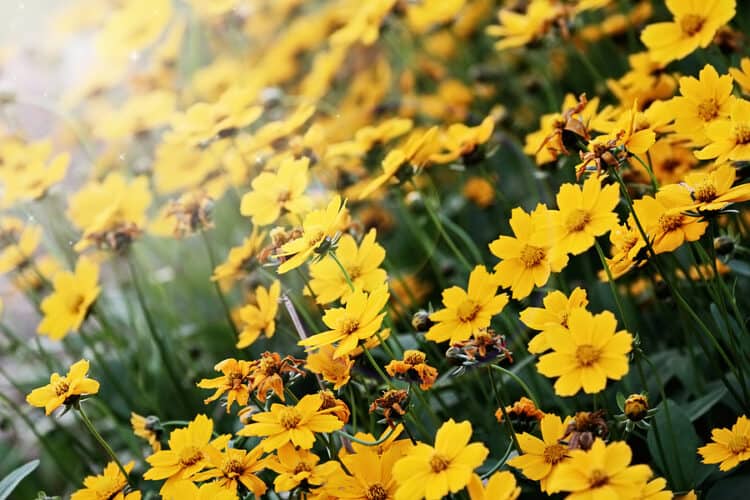 #5 Tickseed—Moonbeam
#5 Tickseed—Moonbeam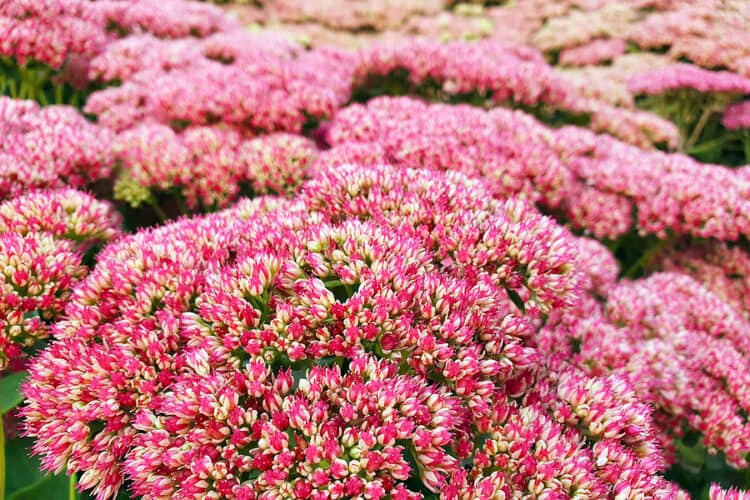 #6 Stonecrop—’Autumn Joy’
#6 Stonecrop—’Autumn Joy’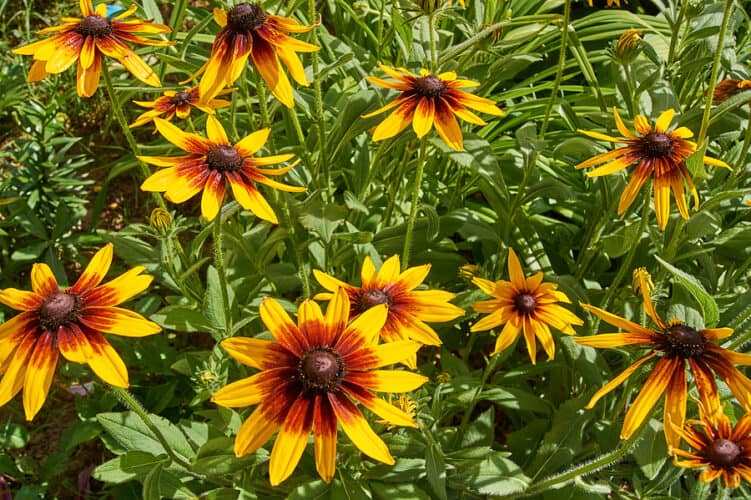 #7 Dwarf Black Eyed Susan
#7 Dwarf Black Eyed Susan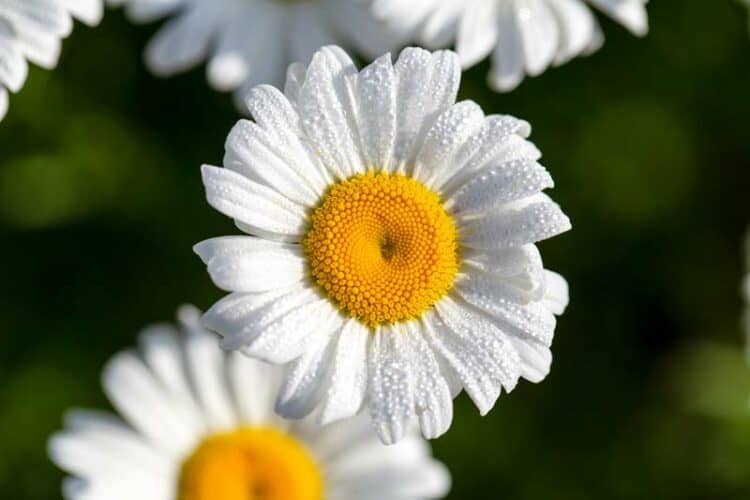 #8 Shasta Daisy—Becky or Snowcap
#8 Shasta Daisy—Becky or Snowcap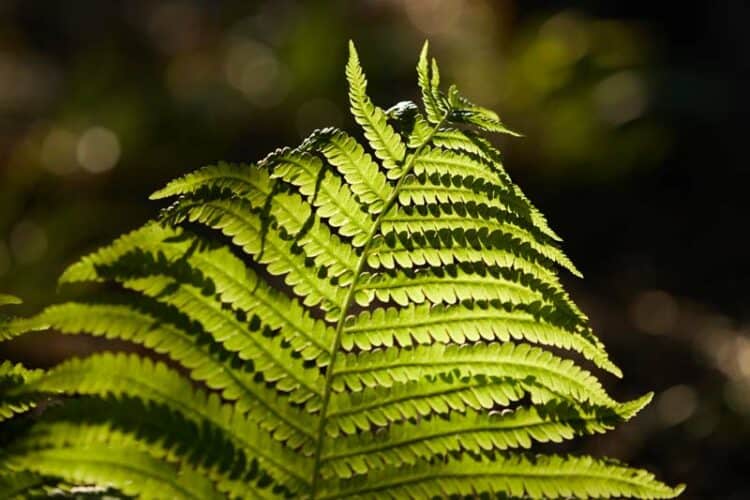 #9 Hay-Scented Fern
#9 Hay-Scented Fern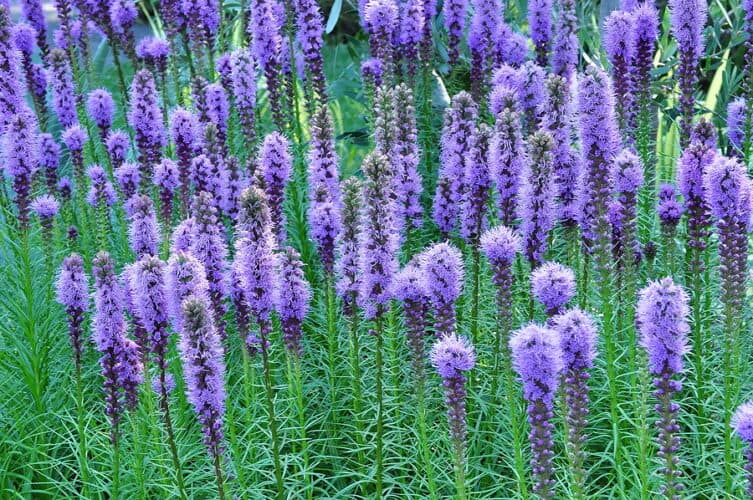 #10 Gayfeather—Kobold
#10 Gayfeather—Kobold